RCEP brings great opportunities for the industry, but also requires businesses to make green transformation to meet international standards and compete sustainably.
Consider "green standards" as a driving force
The Regional Comprehensive Economic Partnership (RCEP) is a free trade agreement (FTA) between the 10 ASEAN countries and five partners: China, South Korea, Japan, Australia and New Zealand. The agreement accounts for about 30% of global GDP, making it the largest trading bloc in history.
For Vietnam, the RCEP Agreement officially took effect from January 1, 2022. This is one of 17 FTAs that Vietnam has participated in. FTAs are creating favorable conditions for businesses to expand their export markets. Along with that, FTAs also provide tax incentives for Vietnamese goods of certified origin, sustainable production and transparent information. Therefore, to make the most of trade incentives from the FTA market, businesses need to innovate all activities, including "greening" standards.
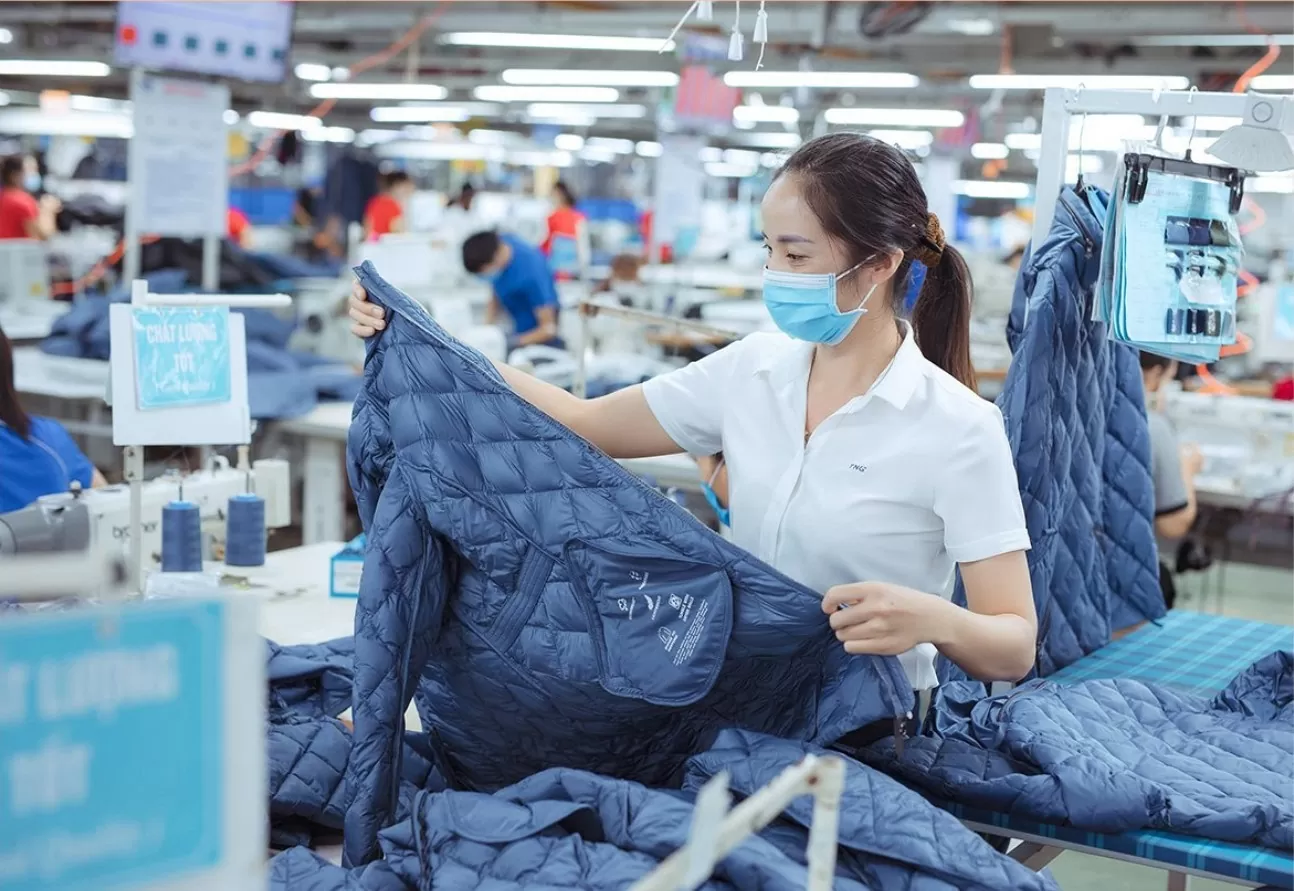 |
| Textiles and garments are one of Vietnam's key manufacturing and export industries. Photo: Duc Vu |
The textile and footwear industries are two key manufacturing and export industries of Vietnam. In recent times, these two industries have made many important contributions, not only meeting domestic demand but also participating deeply in the global supply chain, contributing to increasing Vietnam's export turnover with an average growth rate of over 10%/year.
In 2022, textile and garment exports will reach over 44 billion USD, while footwear will reach over 28 billion USD. In the first 10 months of 2024, textile and garment exports will reach 36.11 billion USD, up 9.86% over the same period. In 2024, despite being heavily affected by the global economic recession, textile and garment exports are expected to reach 44 billion USD and footwear exports to reach 27 billion USD.
Data from the Vietnam Leather, Footwear and Handbag Association (LEFASO) also shows that in the first 10 months of 2024, the export turnover of the leather and footwear industry reached about 13 billion USD, an increase of 10% over the same period last year. Currently, Vietnamese footwear is present in 150 markets such as the US, EU, Japan, UK, etc.
The above results were achieved thanks to making good use of FTAs, especially in the bloc of markets with RCEP, FTA - EU (EVFTA), Comprehensive and Progressive Agreement for Trans-Pacific Partnership (CPTPP).
According to Mr. Le Xuan Thinh - Director of Vietnam Cleaner Production Center Company Limited (VNCPC), the textile and footwear value chain has now deeply participated in the global value chain. Most of Vietnam's textile and garment products are exported to more than 100 markets and this is also the pressure that textile and garment enterprises are currently facing.
In the process of participating in the global value chain, the biggest pressure is on trends. We must meet environmental needs and requirements, or as we now say, "greening" products, as well as reducing greenhouse gas emissions, in line with the current climate change situation. "We want to develop sustainably, want to go further, we must have roadmaps to cut costs related to raw materials, resources, water and have measures to recycle and circulate, helping businesses cut costs and be more in line with environmental standards, as well as the pressure demanded by today's consumers," Mr. Thinh shared.
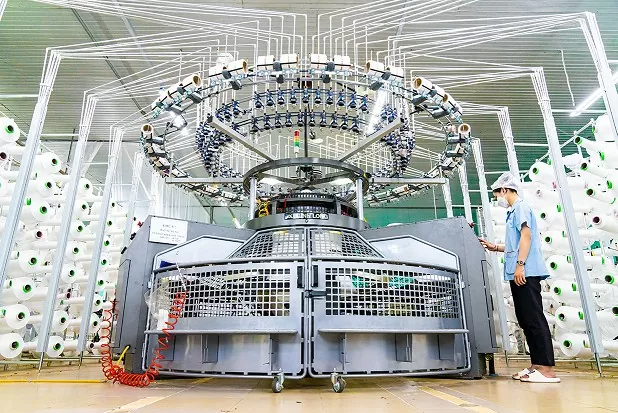 |
| Demand for sustainability and competitiveness has prompted Vietnamese textile and garment enterprises to go green. Photo: Giang Linh |
Implementing sustainable solutions
Although footwear is one of the traditional industries of Hai Phong, Mr. Nguyen Cong Han - Deputy Director of the Department of Industry and Trade of Hai Phong City - said that exported footwear and handbags have only increased in quantity, not much in quality. The ability to meet the regulations for this item according to the commitments in FTAs is not high... These things lead to the risk of reducing the competitiveness of the footwear industry in the international market.
According to experts, the opportunities and potential for development of the Vietnamese leather, footwear and handbag industry are still very large. However, the "greening" trend in the world is increasingly demanding on businesses, especially export businesses. For businesses in the leather and footwear industry, the pressure to go green is even greater when textiles and footwear are industries that still cause high levels of environmental pollution.
To comply with these regulations, Ms. Phan Thi Thanh Xuan - Vice President and General Secretary of the Vietnam Leather, Footwear and Handbag Association - said that Vietnamese enterprises must upgrade a lot to strengthen their internal capacity. They need to quickly improve the transparency of information on their product supply chains, starting from raw materials, sustainable production towards a circular economy, and responsibility towards society and the environment.
Along with that, the Vietnam Leather, Footwear and Handbag Association proposed that the State should issue appropriate policies to encourage businesses to transform and build a unified system of standards and regulations. Because in the process of green transformation, many requirements will arise, causing large compliance costs for businesses. When there is a comprehensive solution, businesses will have a comprehensive view and build clear compliance standards, helping businesses have a basis for understanding and implementing accurately.
On the other hand, the State needs to have specific support mechanisms, specific policies on land funds, incentives for the development of supporting industries, environmental financial funds... so that "green production" enterprises can access these funds conveniently, helping to increase potential, speed up the investment process and improve competitiveness in the international market...
Source: https://congthuong.vn/xanh-hoa-de-lam-chu-cuoc-choi-trong-hiep-dinh-rcep-361274.html




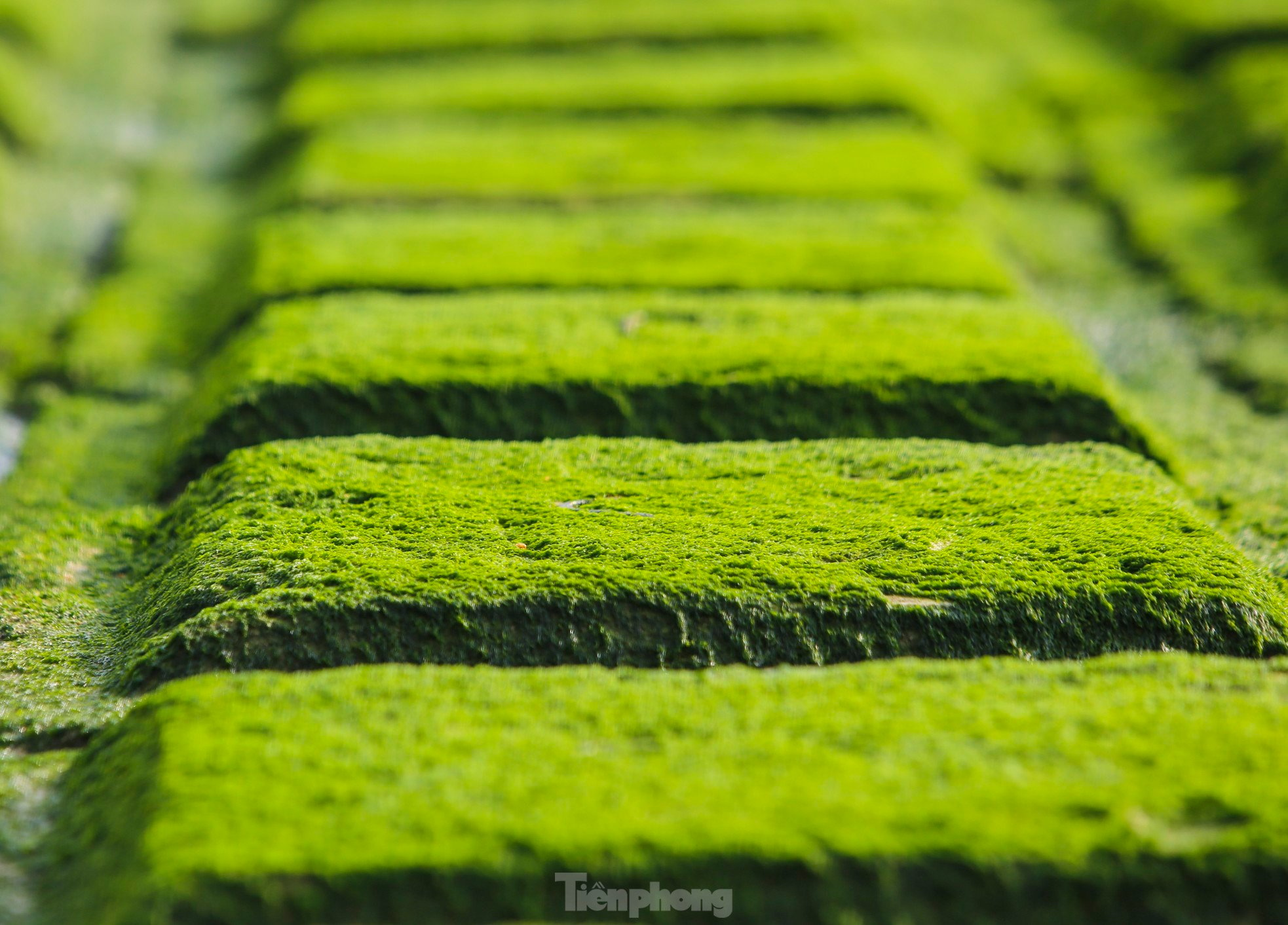

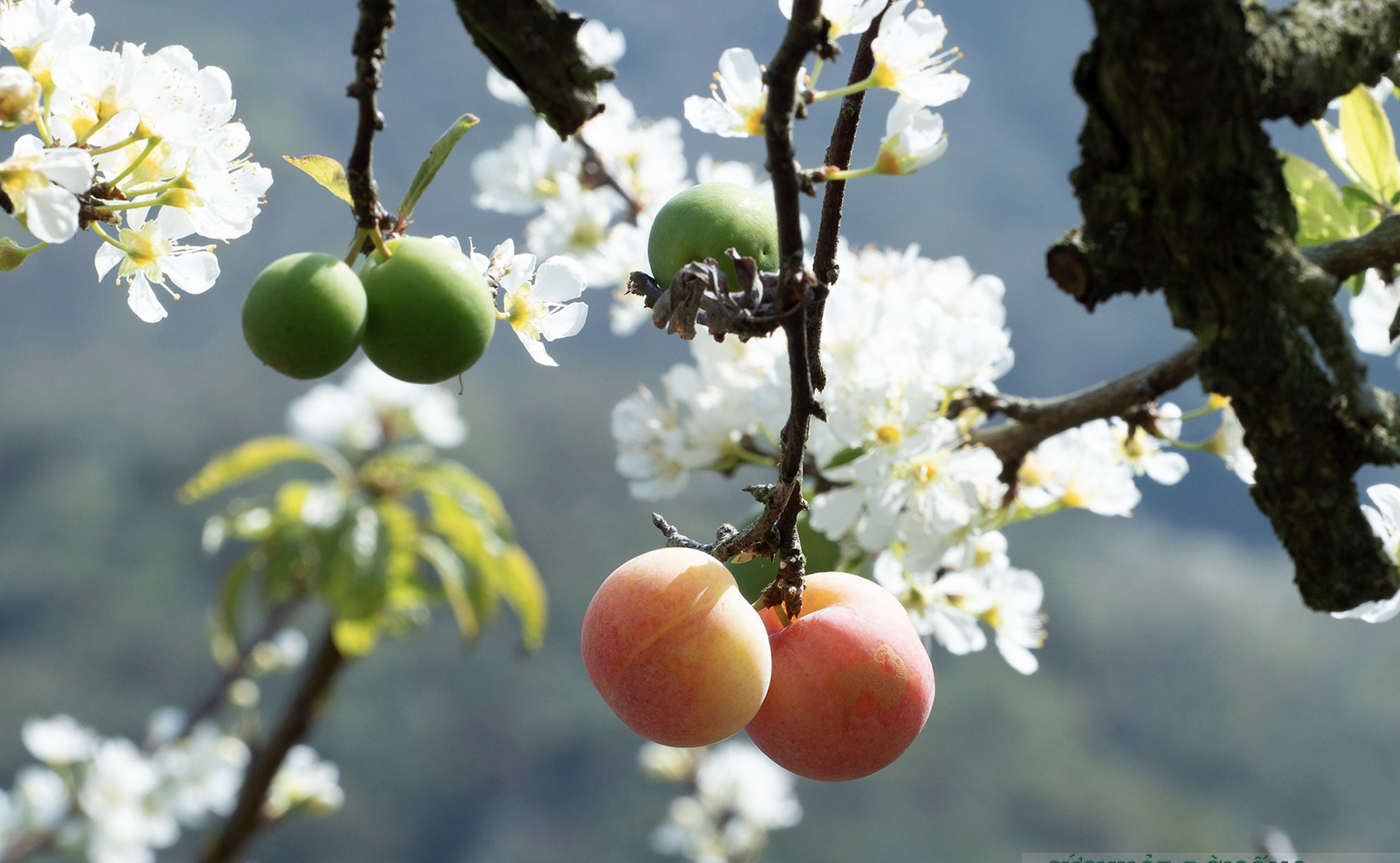
























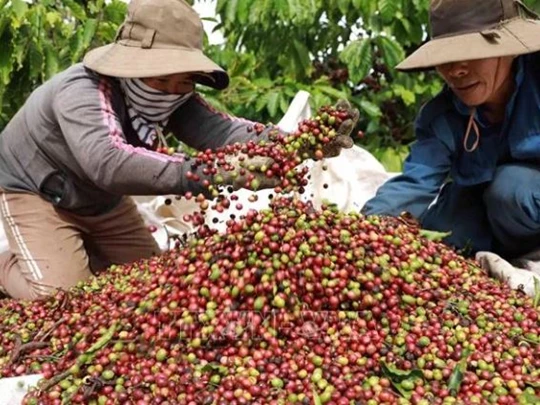

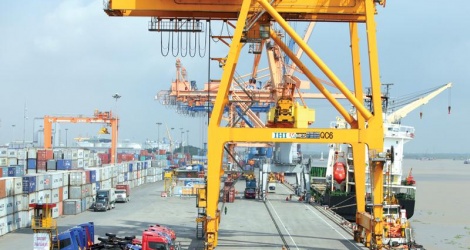

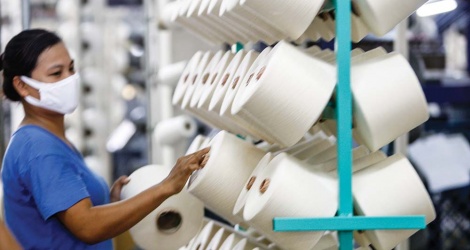
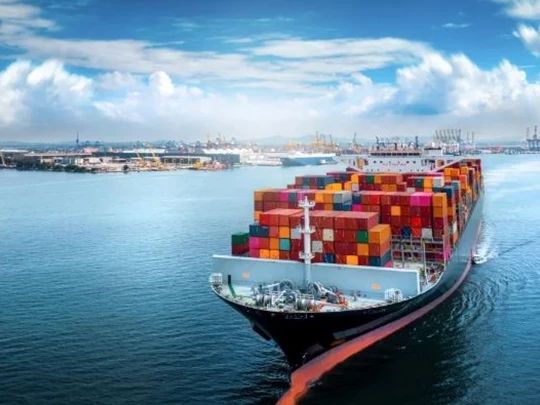
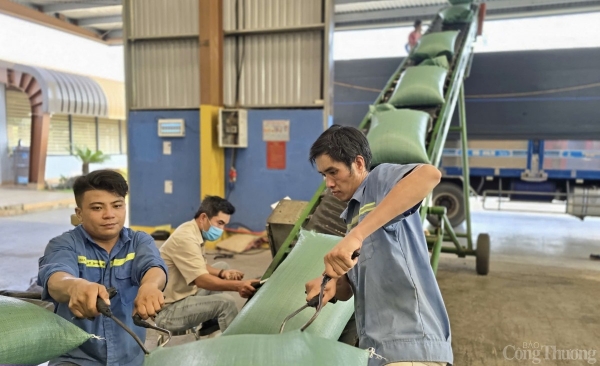
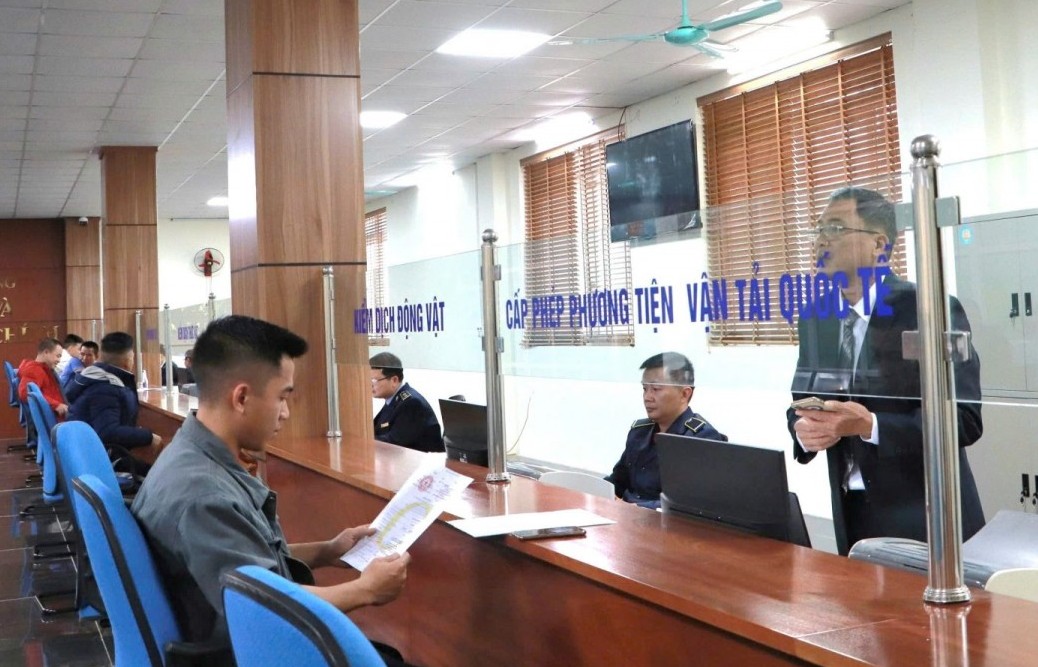
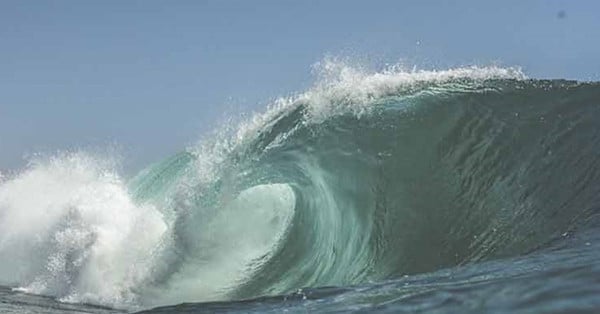

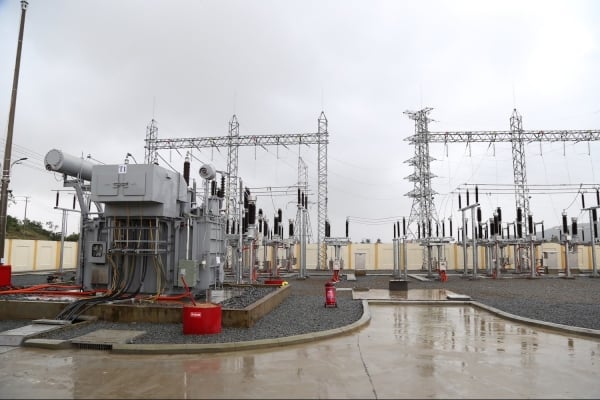
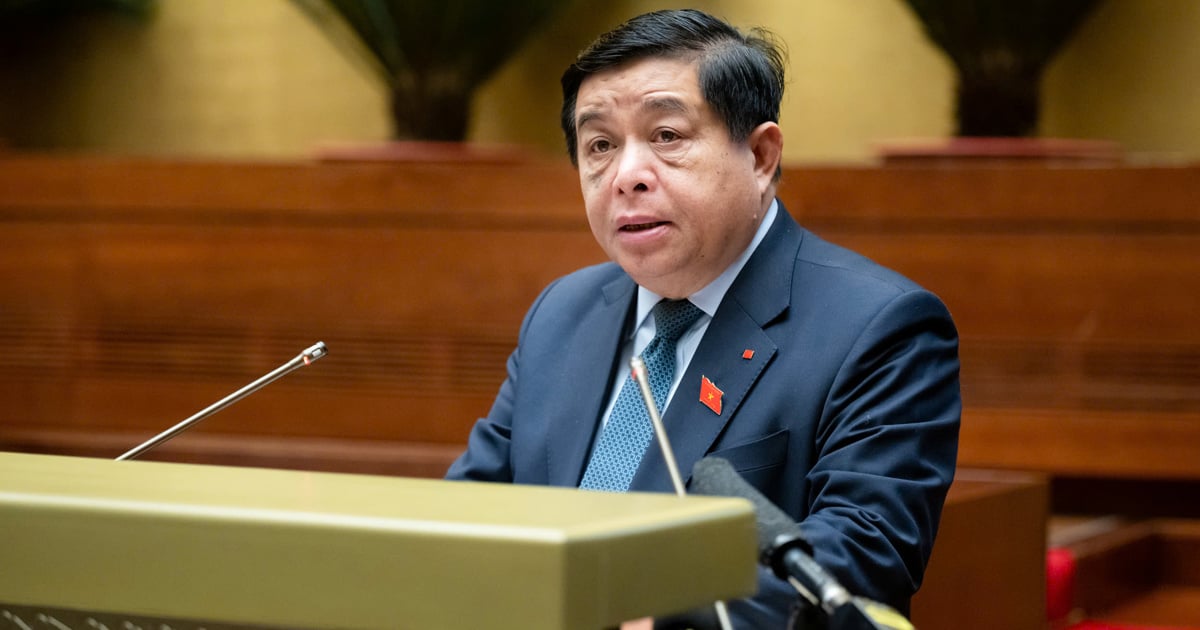

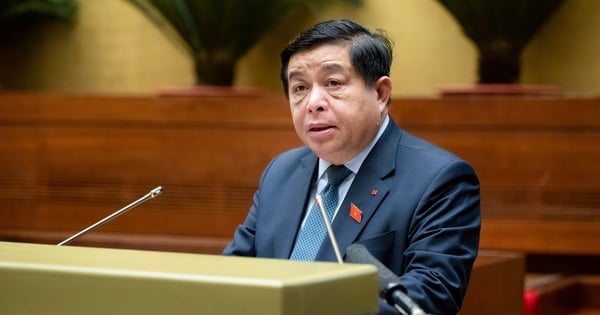

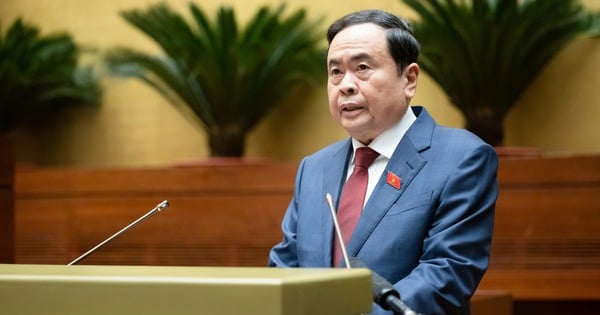

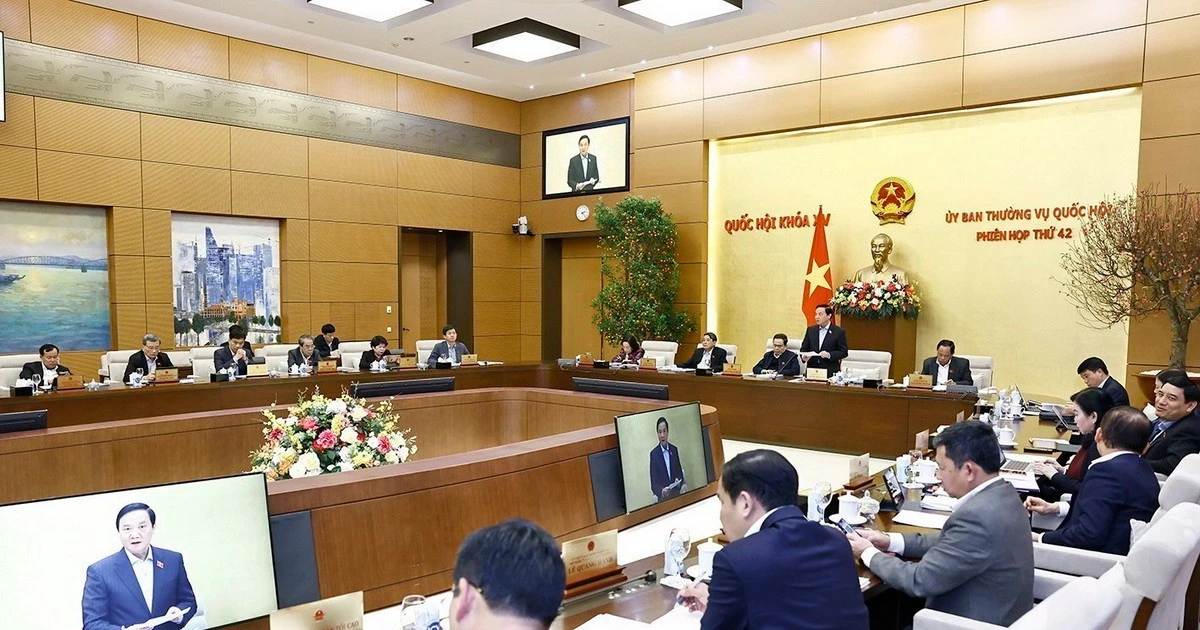


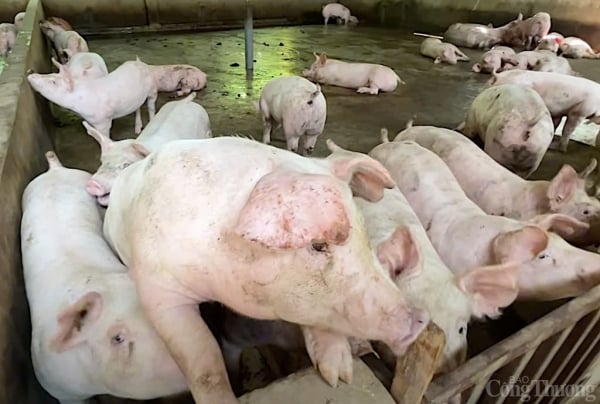
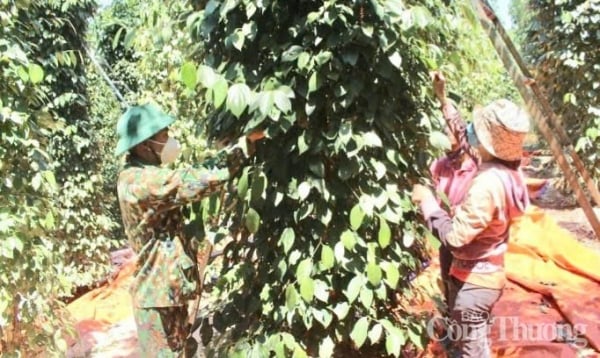
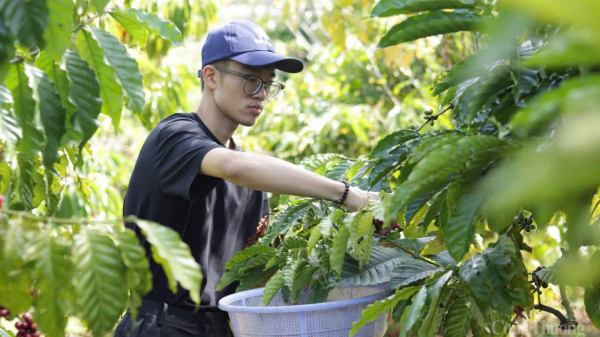
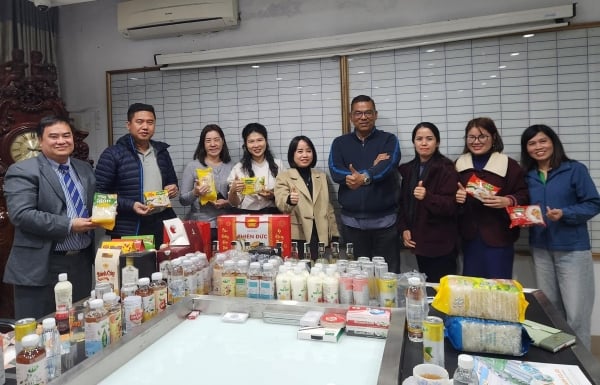



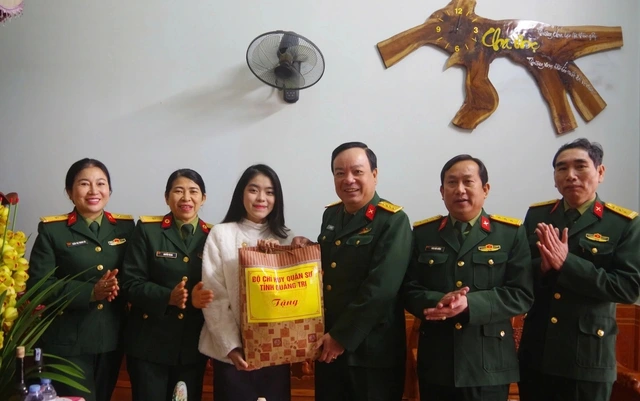

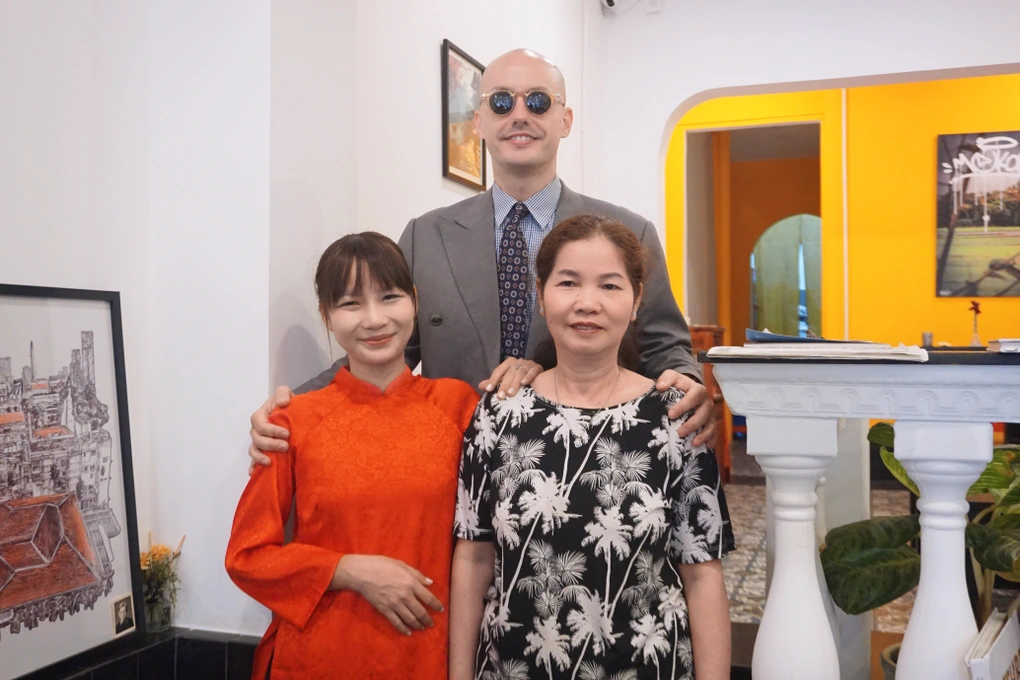

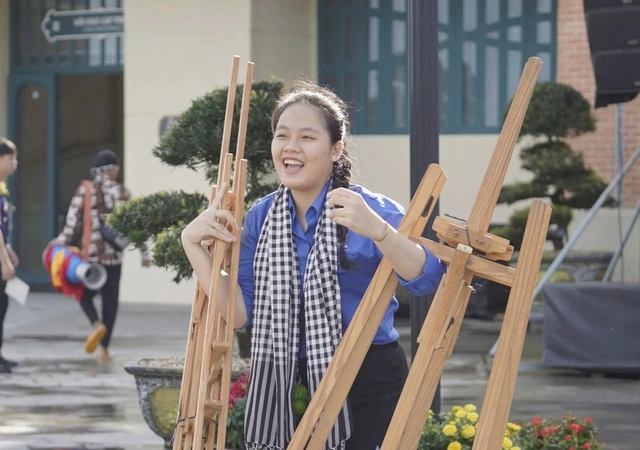






Comment (0)